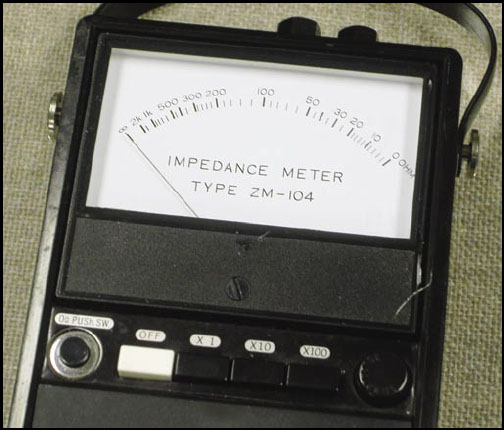
There is no “boot up” required and the 4AA batteries last for a very long time between charges.
It is simple, durable, low in cost and easy to use. A great deal of sound system problems can be found by a trained user armed with a ZM-104 and a few other gadgets.
Note that impedance meters can be used to test components that are switched “on.” It is important that the component not be passing a signal!
So, “powered on” and “no signal present” are important prerequisites for any of the following tests. For all tests, the leads on the ZM-104 can be applied without regard to polarity, although they are shown as red and black in the figures.
Differential Input Test
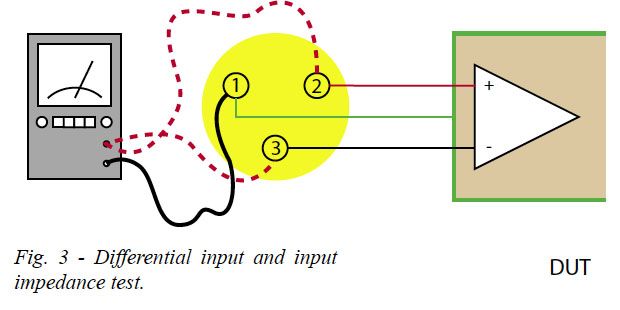
Differential inputs have inverting (-) and non-inverting (+) inputs (pins 2 and 3 on XL connectors).
An active differential input can be identified by connecting one lead of the ZM-104 to pin 1 and the other to the plus and minus alternately.
Both connections should produce an output signal from the DUT (Fig. 3).
Common-Mode Rejection
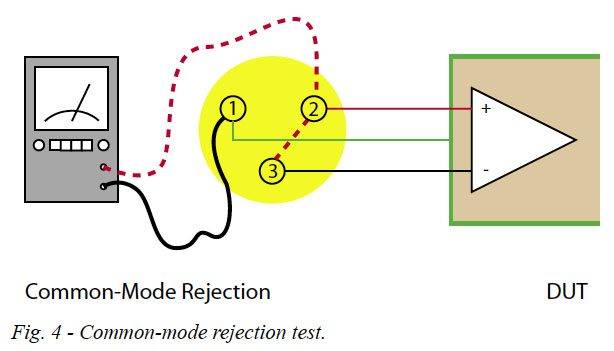
This one is just like the differential input test, except that instead of driving the + and – terminals alternately, lay the test probe across both (Fig. 4).
The signal will be cancelled by the common-mode rejection ratio (CMRR) of the input if it is differential.
Balanced Output Tester
A balanced output will have the same output impedance from each output leg. Use pin 1 as common and check the impedance into the plus and minus terminals respectively. The value should be low (typically less than 600 ohms) and within 1% of each other (Fig. 5).
Continuity Tester
The ZM-104 will tolerate a dead short between its output terminals, so it makes a great continuity tester. The analog meter movement makes spotting intermittent connections quite easy.
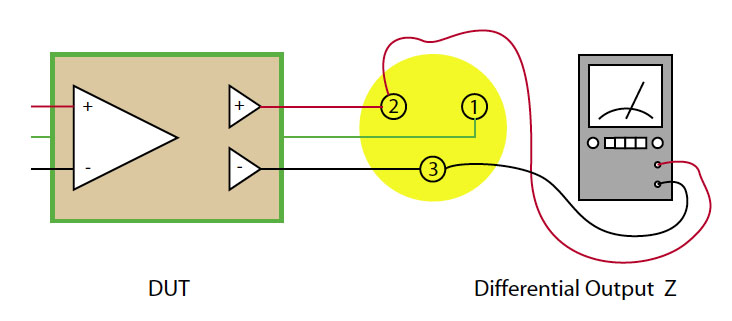
I will often use this test to verify that all metal panels on an electronic product are at the same (ground) potential. Don’t be afraid to scrape a little paint when doing this test.
Loudspeaker Wiring Identification
The ZM-104 will produce a distinguished tone from a loudspeaker, without the use of an amplifier. I will often use this to identify pairs in multi-way loudspeakers.
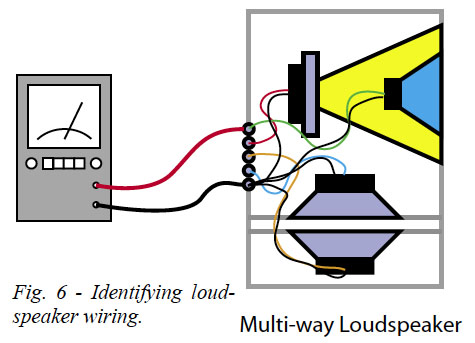
The 1 kHz square wave has enough spectral content to produce some level of output from any loudspeaker component. Horns are easily identified over woofers by the increased loudness and definition of the tone.
Signal Generator
Sometimes you just want to know if a device passes a signal or not. In such cases, the ZM-104 can be connected across an input. The voltage should be sufficient to drive any mixer to “meter zero.” Alternately, a butt set (Fig. 7) can be used across the output of the device to detect the signal.
